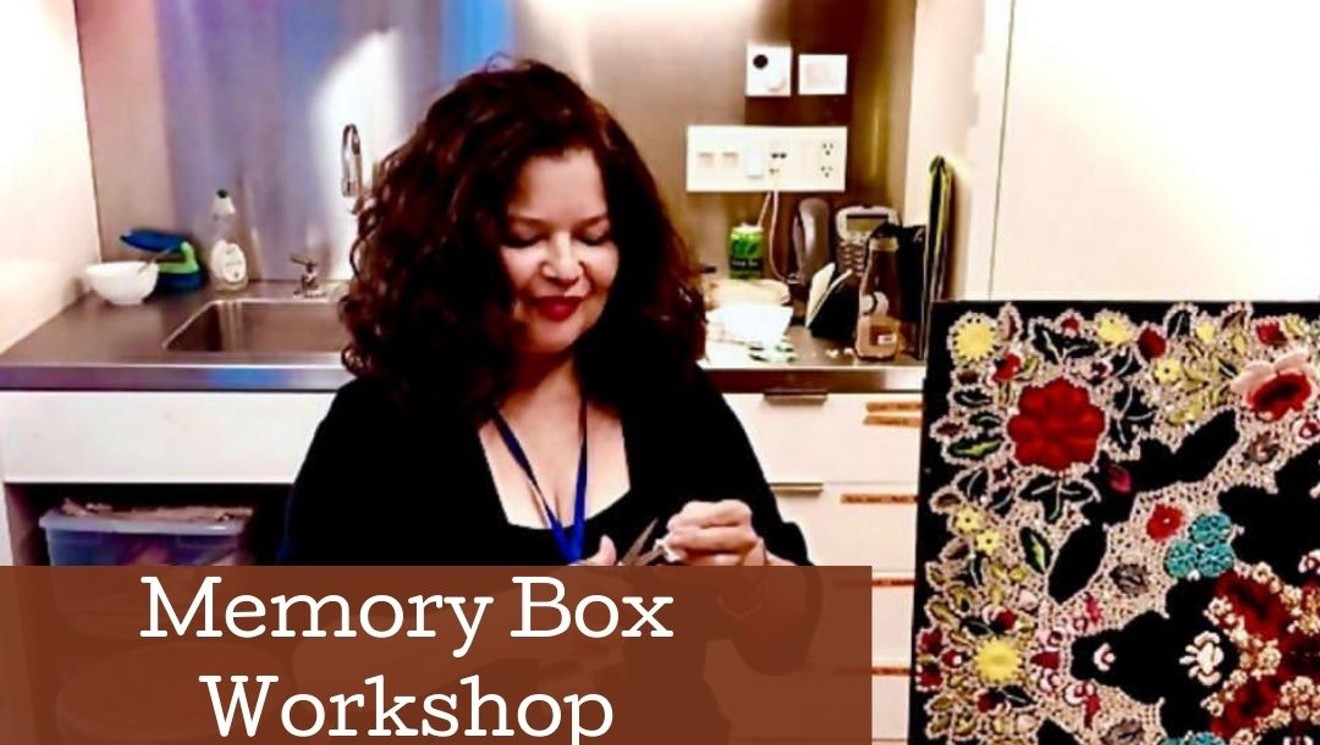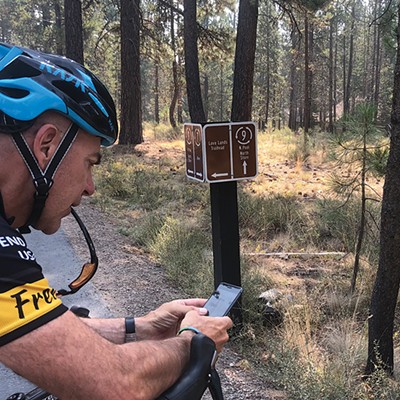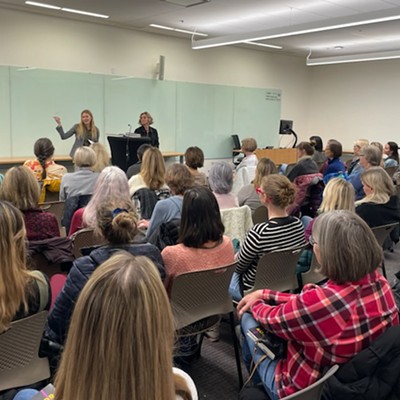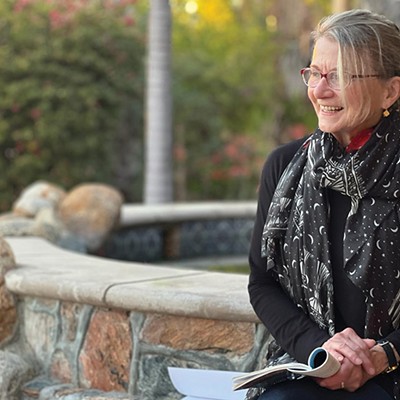The drive to chainsaw sculptor J. Chester "Skip" Armstrong's house and studio in Sisters is rural, to say the least. Armstrong's home, where he lives with his wife, singer-songwriter Anastacia Beth Scott, is located beyond Sisters Middle School on a dirt road off of another dirt road. When I visited him during the second week of January, it was unplowed and covered in a thick layer of ice. While many might find the location isolating, it provides him with a connection to nature and, as he says, it's as close to urban sprawl as he'll ever be comfortable with.
I had previously met Armstrong through friends and found the spirited 62-year-old friendly but unassuming. I had known that Armstrong was a chainsaw sculptor, but I imagined he carved the kitchy, rudimentary wooden sculptures of wildlife I had seen on Highway 101 in California and on Highway 97 through La Pine. It wasn't until I watched a YouTube video of Armstrong that I realized he was perhaps one of the most talented - and renowned - artists in Central Oregon. The video depicts Armstrong finding a tree stump in a backyard, conceptualizing the sculpture and intricately carving four women emerging from the earth - and completing it in one day.
Armstrong uses three sizes of chainsaws, from a wieldy log-cutting saw to a small finishing blade, to carve ultra-realistic animals and people - so realistic it seems almost impossible that a chainsaw was the sculptor's tool. He's been sculpting for nearly 40 years and has created pieces for Michael Jackson, Clint Eastwood and George W. Bush.
Armstrong grew up in Berkeley, Calif., and studied poetry and philosophy at UC Berkeley. It wasn't until he took a trip through Central America after graduation that he discovered the possibilities of sculpture.
"I stopped in at Palenque, a Mayan temple," he says, "I came across the temple ruins in the jungle, enshrouded in vines. They had just been discovered and there was something about the reality that 1,000 years after a civilization was dead and gone, these temples and the artistry that went into them are still here today. There's something lasting about art. If you want to make a statement and make your life go beyond its own timeline, art works."
After his trip, Armstrong worked for a short period in Vermont and was introduced to chainsaws while working as a farmer's aid. "This chainsaw thing really caught my fancy, because it's speed - you can really get in and out of something fast," he says. But it wasn't until he took a job as a program director at a YMCA camp outside Portland that he connected chainsaws with sculpture.
"I thought, let's make totems [with the campers]," he says. "But I couldn't get any of the kids interested in the program, because who wants to carve a totem pole in a week? You can't do it. But then I remembered the chainsaw."
Inspired, Armstrong began to carve animals - otters, eagles, herons, osprey.
"At the end of the season, I took all the pieces across the lake and dropped them off in the parking lot to go get my car. By the time I came back, there were 10 people gathered around these little carvings. I sold everything right there in the parking lot and made more money than I had all summer."
When I arrive at Armstrong's house, he takes me to see his raw materials, which consist of a pile of black walnut and maple logs located in a small clearing in the woods behind his house. What I see, and what I presume that most people see, is exactly that - a pile of logs. But Armstrong stands a three-foot-tall maple stump up and begins to study it, forming in his mind what it might become.
"The raw product is the key to it. This is the raw material - the bank, so to speak," he says, "It's all tied into the log itself and what you can bring out of it. It's great to have a little idea in advance, but until you come witness the log, relate to it, dance around it, focus in on it - you really don't have an idea."
Armstrong begins to work out what the piece might become. He imagines one great blue heron, then another, until it is three, maybe four birds intertwined. He rarely carves just one subject - instead, he prefers interplay and movement.
"Like as in jazz music - it creates rhythm," he says.
Sculpting begins with a rough carve - all freehand - outside Armstrong's studio where a massive pile of wood shavings suggests he's been busy. From there, he brings the piece inside to fine-tune the details with a smaller chainsaw that's around a foot long. Lastly, Armstrong's longtime friend and apprentice of sorts, Jan Hansson, smoothes the sculpture with a sanding tool to bring out the wood's qualities.
Hansson met Armstrong over a dozen years ago and while he had whittled wood in the past, he never thought to sculpt with a chainsaw until he met Armstrong. Hansson now works six days a week at the studio, where he says he's constantly inspired.
"We've got a good process," says Hansson. "This is a really incredible way of moving wood fast and getting results."
Armstrong then shows me his recently finished work, which fills a large room and includes sculptures of herons, horses, otters and buffalo. Each piece demands attention - I can't stop examining a piece that depicts a pack of buffalo morphing into Indian warriors in a traditional Native American dance. The face of each character is realistic, but also intensely emotional and I can't help but think this man is creating something special - pieces that won't just sit in the homes of galleries or celebrities, but ones that will remain until someone, hundreds of years from now, realizes them as a representation of not just Armstrong but of a time and place in history - our history.



















